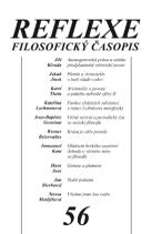The Rabbi Said in the Name of the Rabbi
According to the rabbinical (Pharisaic) tradition, there are two main vehicles of divine revelation: the written and the oral Torahs. In contrast to that of their chief rivals, Saducees, the Pharisaic interpretation of the Biblical texts was far more flexible, but to secure the authenticity of the exegesis the rabbis invented the notion of the oral Torah – a separate tradition that also goes back to Moses on Mt. Sinai, and is definitely different from the written law. Mixing these two traditions was not allowed. Although „texts“ of both traditions were memorized in rabbinical schools, their public performance matched the respective context: written texts had to be read only and oral „texts“ had to be presented orally only. To pass on the traditional teachings, the rabbis hadd their students learn by heart sayings together with the names of their alleged „authors“. However, most of the maxims were not original and stemmed from the previous authorities. Thus the typical sayings of „The rabbi said in the name of the rabbi“ developed often into whole chains of similar statements: „The rabbi X said: The rabbi Y said that the rabbi Z had said… etc.“ But to quote was never enough; it was only a first stage of the pedagogical and exegetical process. Now, there is a certain tension between an accurate citation of recognized authorities and the new interpretation of those authorities. According to rabbis, the solution is at hand: Any new but correct interpretation is only an explication in words of what has been implicitly contained in the earlier dictum. This way the rabbis opened the door to the creative exegetical process and at the same time ensured validity and sanction to products of this process.
Backlinks: Reflexe 19
